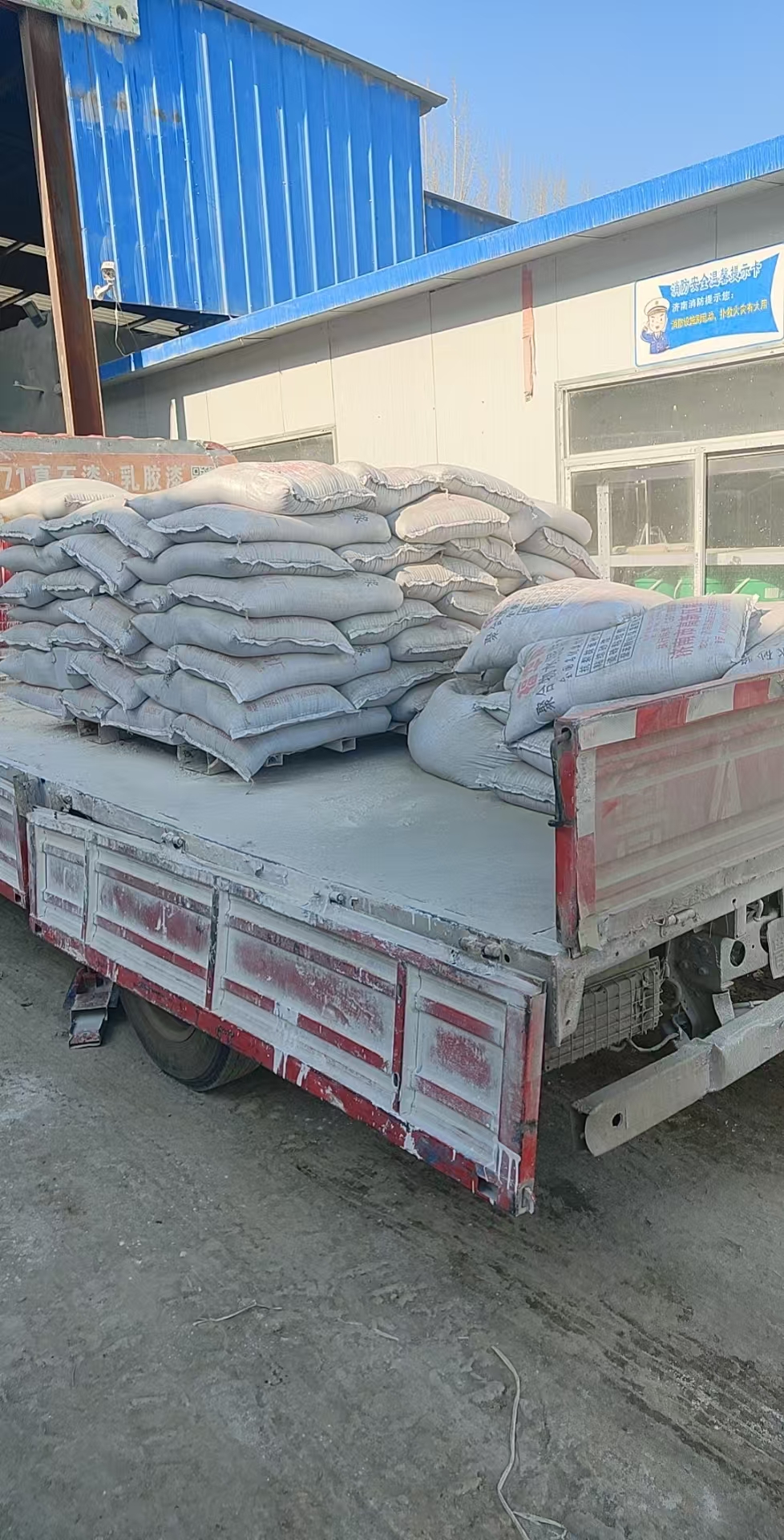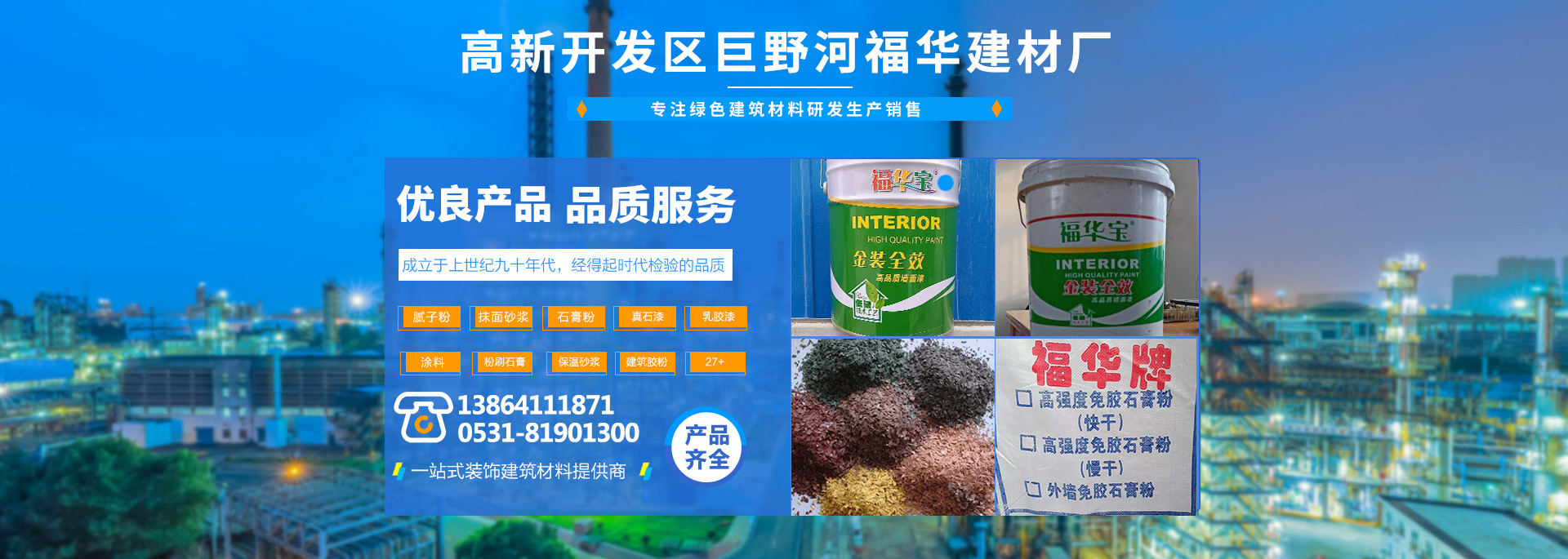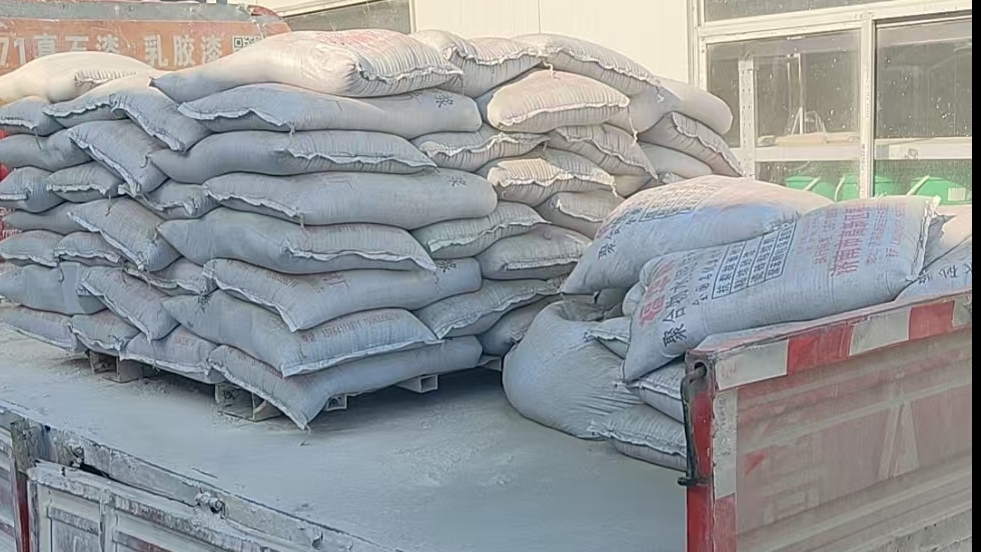温度对石膏成型的影响解析:从水化反应到结构强度的探究
来源:https://www.jnfhjc.com 日期:2025-06-09 发布人:
石膏作为建筑、医疗、艺术领域广泛应用的胶凝材料,其成型过程深受温度影响。从水化反应动力学到晶体结构演化,温度通过多尺度作用机制调控石膏的凝结时间、强度发展与微观形貌。本文将结合实验数据与工程实践,系统解析温度对石膏成型的关键影响。
Gypsum, as a widely used cementitious material in the fields of architecture, medicine, and art, is greatly affected by temperature during its molding process. From hydration reaction kinetics to crystal structure evolution, temperature regulates the setting time, strength development, and microstructure of gypsum through multi-scale mechanisms. This article will combine experimental data with engineering practice to systematically analyze the key impact of temperature on gypsum molding.
一、水化反应速率与凝结时间
1、 Hydration reaction rate and coagulation time
石膏的水化反应本质是半水石膏(CaSO₄·0.5H₂O)与水结合生成二水石膏(CaSO₄·2H₂O)的结晶过程。温度对此过程具有双重调控效应:
The hydration reaction of gypsum is essentially a crystallization process in which hemihydrate gypsum (CaSO₄·0.5H₂O) combines with water to form dihydrate gypsum (CaSO₄·2H₂O). Temperature has a dual regulatory effect on this process:
反应速率:在10-30℃范围内,温度每升高10℃,初凝时间缩短30%-50%。当温度升至50℃时,水化反应速率达到峰值,但超过此临界值后,浆体表面快速失水形成致密硬壳,反而阻碍内部水化进程。
Reaction rate: Within the range of 10-30 ℃, for every 10 ℃ increase in temperature, the initial setting time is shortened by 30% -50%. When the temperature rises to 50 ℃, the hydration reaction rate reaches its peak, but beyond this critical value, the surface of the slurry rapidly loses water and forms a dense hard shell, which hinders the internal hydration process.
凝结异常:低温环境(<5℃)会显著抑制水化反应,若浆体在凝固前冻结,冰晶膨胀将破坏石膏晶体结构,造成不可逆强度损失。某建材实验室的冻融试验显示,经-5℃冻结的石膏试块抗压强度下降42%。
Condensation abnormality: Low temperature environment (<5 ℃) will significantly inhibit hydration reaction. If the slurry freezes before solidification, the expansion of ice crystals will damage the gypsum crystal structure and cause irreversible strength loss. The freeze-thaw test in a certain building materials laboratory showed that the compressive strength of gypsum test blocks frozen at -5 ℃ decreased by 42%.

二、强度发展的温度依赖性
2、 Temperature dependence of intensity development
硬化石膏的强度取决于二水石膏晶体的生长与堆积密度,温度通过影响过饱和度与结晶应力调控强度演化:
The strength of hardened gypsum depends on the growth and bulk density of dihydrate gypsum crystals, and temperature regulates the strength evolution by affecting supersaturation and crystallization stress
过饱和度效应:在20℃条件下,浆体过饱和度为3.44,形成密集的晶核网络;而60℃时过饱和度降至2.50,晶核数量减少但晶体尺寸增大。某高校的材料试验表明,60℃硬化试件的早期强度较20℃提高18%,但最终强度因结晶应力差异呈现非线性变化。
Supersaturation effect: At 20 ℃, the supersaturation of the slurry is 3.44, forming a dense network of crystal nuclei; At 60 ℃, the supersaturation decreases to 2.50, and the number of crystal nuclei decreases but the crystal size increases. A material test conducted by a certain university showed that the early strength of specimens hardened at 60 ℃ increased by 18% compared to those hardened at 20 ℃, but the final strength exhibited nonlinear changes due to differences in crystalline stress.
临界温度点:当硬化温度超过70℃时,二水石膏晶体开始脱水转化为可溶性无水石膏(Ⅲ-CaSO₄),导致结构疏松。某核电项目的检测数据显示,经80℃热处理的石膏构件抗压强度下降27%。
Critical temperature point: When the hardening temperature exceeds 70 ℃, dihydrate gypsum crystals begin to dehydrate and transform into soluble anhydrous gypsum (Ⅲ-CaSO₄ )Resulting in a loose structure. The testing data of a certain nuclear power project shows that the compressive strength of gypsum components treated at 80 ℃ decreased by 27%.
三、微观结构演变规律
3、 The evolution law of microstructure
温度通过影响原子扩散速率与晶体生长习性,塑造石膏的微观形貌:
Temperature shapes the microstructure of gypsum by affecting the atomic diffusion rate and crystal growth habits
低温结晶:在5℃环境下,石膏粒子扩散速率降低,形成规整的板状晶体,结晶度高达85%。这种致密结构使建筑石膏的抗折强度提升。
Low temperature crystallization: At 5 ℃, the diffusion rate of gypsum particles decreases, forming regular plate-like crystals with a crystallinity of up to 85%. This dense structure enhances the flexural strength of building gypsum.
高温结晶:当温度升至40℃时,晶体生长速度加快,但取向随机,形成花瓣状聚集体。某文保单位的研究显示,古代石膏文物在高温环境下形成的杂化结构,其孔隙率较现代制品高。
High temperature crystallization: When the temperature rises to 40 ℃, the crystal growth rate accelerates, but the orientation is random, forming petal shaped aggregates. A study by a cultural heritage site shows that the hybrid structure formed by ancient gypsum artifacts in high-temperature environments has a higher porosity than modern products.
四、工艺控制与质量优化
4、 Process Control and Quality Optimization
针对温度影响的双重性,实际工程需采取差异化控制策略:
In response to the duality of temperature effects, differentiated control strategies need to be adopted in practical engineering:
施工温度窗口:建议将环境温度控制在15-30℃。在高温地区,可采用冰水拌合、添加缓凝剂等技术手段;在低温环境,需配备加热养护棚,确保浆体温度不低于10℃。
Construction temperature window: It is recommended to control the ambient temperature between 15-30 ℃. In high-temperature areas, techniques such as ice water mixing and adding retarders can be used; In low-temperature environments, a heating and curing shed should be equipped to ensure that the slurry temperature is not lower than 10 ℃.
煅烧工艺优化:建筑石膏生产中,蒸汽回转窑以140-160℃低温煅烧,可获得β-半水石膏为主相的产物,其标准稠度需水量低,硬化体孔隙率低。
Optimization of calcination process: In the production of building gypsum, steam rotary kiln calcination at low temperature of 140-160 ℃ can obtain products with β - hemihydrate gypsum as the main phase, with low water requirement for standard consistency and low porosity of hardened body.
特殊应用场景:医疗石膏绷带需控制结晶度在75%-85%,通过40℃恒温固化工艺,平衡强度与透气性;精密铸造用石膏型需采用梯度升温排蜡工艺,避免热应力开裂。
Special application scenarios: Medical gypsum bandages require a controlled crystallinity of 75% -85%, and are cured at a constant temperature of 40 ℃ to balance strength and breathability; The gypsum mold used for precision casting needs to adopt a gradient heating and wax removal process to avoid thermal stress cracking.
温度对石膏成型的影响贯穿化学反应、晶体生长、结构形成全链条。通过科学调控温度参数,可实现石膏材料性能的定向优化。随着智能温控技术与相变材料的应用,石膏制品正在向高性能、功能化方向演进,这为建筑节能、文物保护等领域提供了新的技术路径。
The influence of temperature on gypsum molding runs through the entire chain of chemical reactions, crystal growth, and structural formation. By scientifically regulating temperature parameters, directional optimization of gypsum material properties can be achieved. With the application of intelligent temperature control technology and phase change materials, gypsum products are evolving towards high performance and functionality, providing new technological paths for areas such as building energy conservation and cultural heritage protection.
本文由济南石膏粉友情奉献.更多有关的知识请点击:http://www.jnfhjc.com真诚的态度.为您提供为全面的服务.更多有关的知识我们将会陆续向大家奉献.敬请期待.
This article is a friendly contribution from Jinan gypsum powder For more information, please click: http://www.jnfhjc.com Sincere attitude To provide you with comprehensive services We will gradually contribute more relevant knowledge to everyone Coming soon.






 鲁公网安备
鲁公网安备